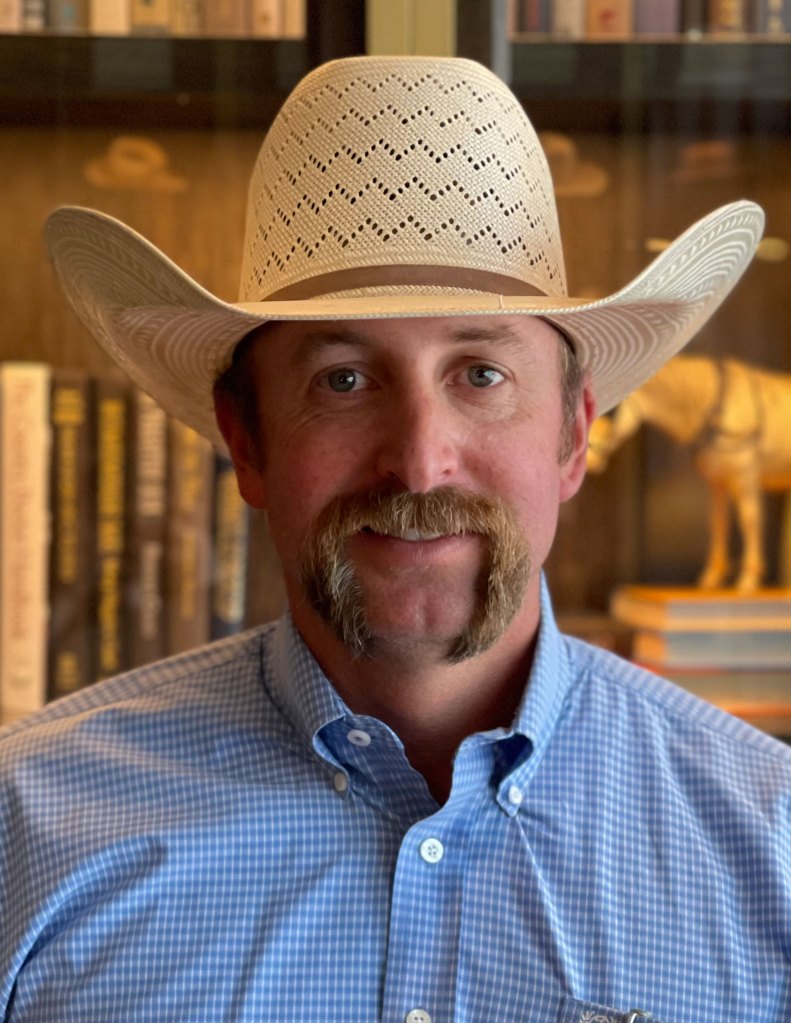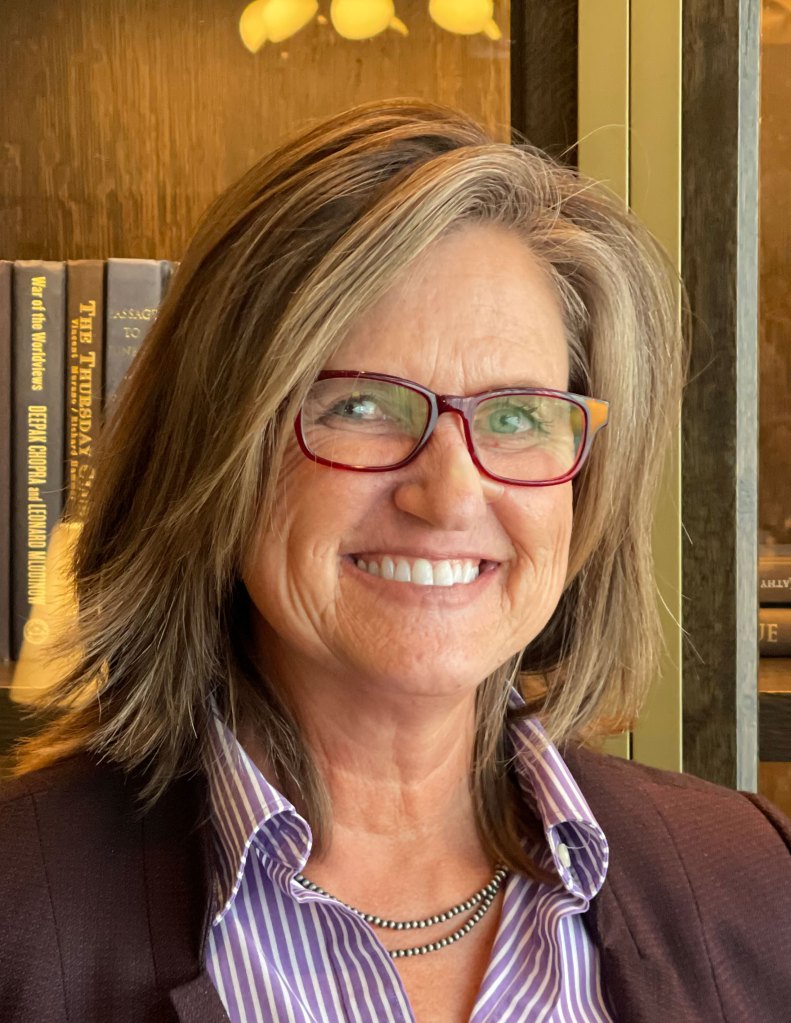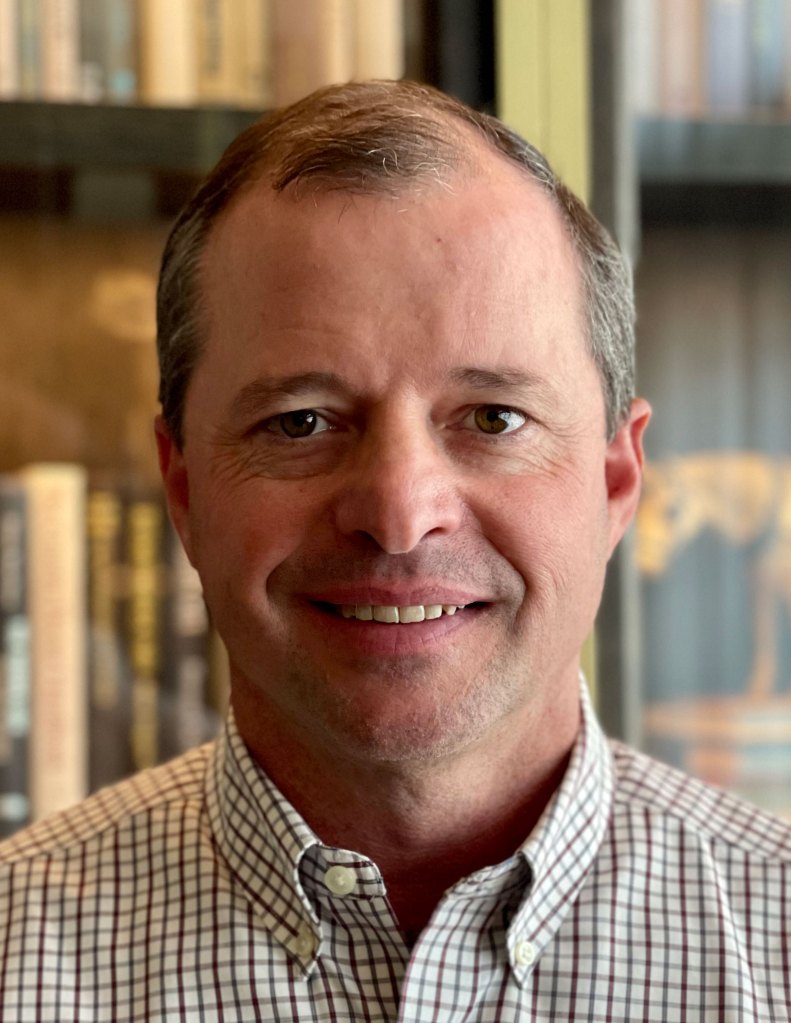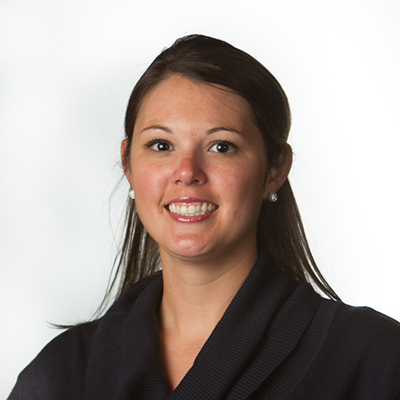Producer panel: sustainability in beef production
By Dr. Jessica Finck
Animal health plays a big role in the sustainability of cattle production by balancing economic viability, environmental responsibility and social acceptability. I recently had the opportunity to moderate a Merck Animal Health-sponsored producer panel on sustainability in beef production.
The panel included a diverse range of industry representatives who each shared what they’re doing to be sustainable within their own operation. The panel members included:

Jake Cowen
Cowen Cattle Company
Seymour, Texas (Stocker/backgrounder)

Debbie Lyons-Blythe
Blythe Family Farms
White City, Kansas (Cow-calf)

Ben Weinheimer
President & CEO
Texas Cattle Feeders Association (Texas, Oklahoma and New Mexico feedyards)
How do you define sustainability? What does success look like to you?
Lyons-Blythe: “I’ve thought an awful lot about what my definition is for sustainability, and I think it’s simple: Take care of the land, take care of the animals, take care of the people and make money. If you have those four things, you can be sustainable.”
Cowen: “Sustainability is taking care of the land. When we invest in the land, the land takes care of us. We put back into it every opportunity we can get, and it is the one thing that we can’t make any more of. We constantly strive to make improvements and, in turn, make the most money possible.”
Weinheimer: “It’s about what we do to help TCFA members – and our members help themselves – to do a better job in all the areas that they work in, day in and day out.”
Describe the sustainability of cattle production on your operation.
Cowen: “Sustainability of cattle production on our operation is being the most efficient we can from an animal health and welfare standpoint. We do the best we can to source and grow the best feed ingredients, and we’re not afraid to step outside the box and feed something that is maybe not the norm. From an animal health standpoint, we constantly strive to do a better job. We do what we can to keep cattle healthy.”
Weinheimer: “Animal care, environmental management and a safe place to work for our employees to ensure they go home to their families every night.”
Lyons-Blythe: “Our grazing management plan has been an excellent opportunity to transition knowledge because the goal is to be able to pass it on to the next generation. We want our kids, if they’re interested, to be able to keep family farms together and continue to farm and ranch. That’s a vital part of what we’re doing for sustainability.”
What role has animal health played in continuous improvement in your operation?
Weinheimer: “Electronic medical records, veterinary medicine records, electronic management of data and information. The ability to collect that information, measure it, evaluate it, build upon that knowledge base, and work with our external service providers and professionals, nutritionists and veterinarians, and environmental and ag engineers that are involved in all aspects of these operations is critical.”
Lyons-Blythe: “You can’t improve what you don’t measure. As a registered breeder, I am a huge recordkeeper, so I am absolutely comparing weights from year to year. My goal is also to see which lines are the ones that are doing a better job for us. And my ability to show improvement is easily identified through my recordkeeping.”
Cowan: “From an animal health standpoint, we lean on our nutritionist and our sales rep quite a bit. I will pick up the phone and call and say, ‘What are you seeing at some of these other stocker/backgrounder operations in a 150-mile radius? What change can we make?’ We try to lean on our resources from that standpoint and increase our efficiencies.”
Based on your experience, what advice would you give other cattle producers?
Weinheimer: “Every feedyard operation in the three-state area is slightly different. When we talk to our members about applying these principles in their operations, it’s to apply them in a way that’s best suited to them, their business and their operation.”
Lyons-Blythe: “No. 1, make sure all of your cows are productive. Tag your calves, trace it back to the cow, make sure that cow is productive. The next thing is get a grazing management plan and have it written down. The better your plan is, the better manager you are, the more carbon you’re sequestering, the better you are for land and water. Document, document, document.”
Cowen: “When you go to work in the morning and pay attention to your land and resources, don’t be afraid to put back into it. Take care of it – it’s taking care of you.”
Looking back, is there anything you wish you would have done differently?
Lyons-Blythe: “With our grazing management plan, I wish that we had done more taking of pictures early on to say, ‘This is a drought year, here’s what the grass looks like at this exact location compared to the next year when we got plenty of rain.’ Document that with pictures as well as writing.”
Cowen: “I wish we had started documenting earlier. We’ve taken on a recordkeeping program in the last five years, and it has changed our business for the better – from feed management and animal welfare – and definitely made us more efficient in the process.”
Weinheimer: “There’s a need for a multidisciplinary approach to every project. We’re also seeing research include greenhouse gas emissions and nitrogen balance, and even looking at genotypes and seeing if there’s a genetic component to these emissions. I think that’s only going to grow and continue as we move forward.”
Merck Animal Health is equipping and supporting its cattle customers today with the animal health products, technologies, training and advocacy they need to make continuous improvement in the economic, environmental and social aspects of sustainable cattle production.
Learn more at MAHCattle.com.
Find more content for your beef operation.
About the author

Jessica Finck, Ph.D.
Value Chain & Consumer Affairs,
Merck Animal Health
